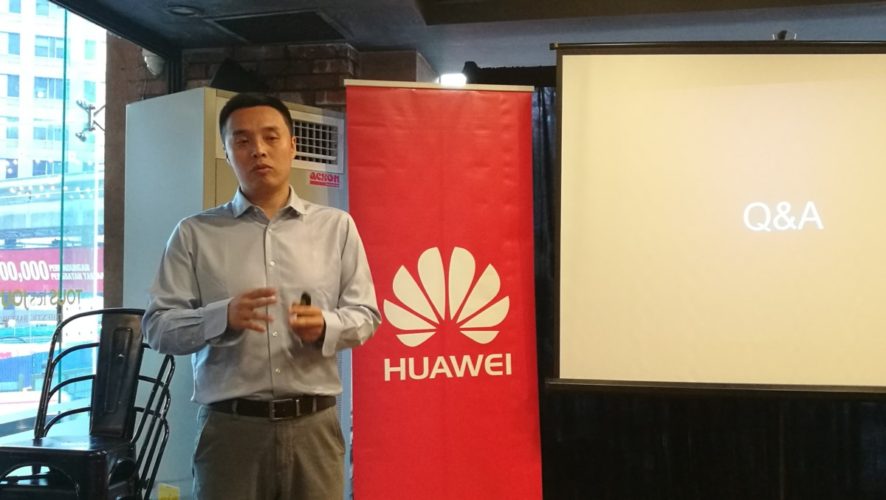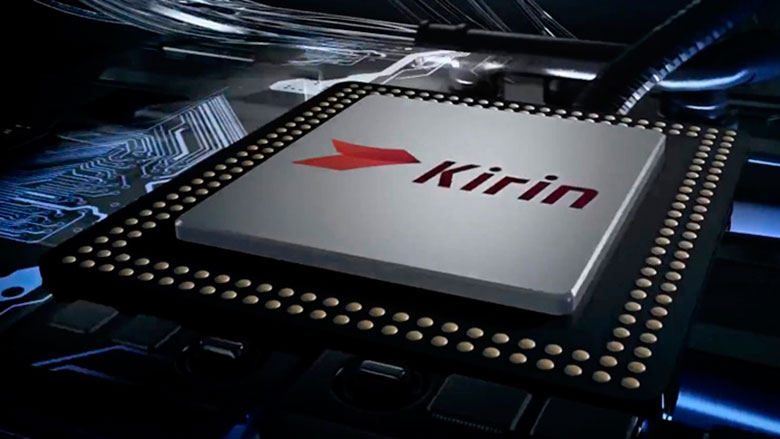
Huawei parts the veil on their Kirin 955 processors
The intricate, painstakingly precise manufacturing process along with the R&D that goes into making smartphone processors is something that’s rarely elaborated on by their makers. For many, a phone simply works; every single bit of plastic, metal, silicon and glass crammed into a handheld chunk of metal that’s often little thicker than a deck of cards working in harmony to let you make and take calls, browse the net, take snaps and videos, play games and more. That little chunk of silicon that’s smaller than a postage stamp crammed into your phone is effectively the brains behind a smartphone. The better the chip, the more powerful the phone and the more it can do though increasing limitations on existing materials and chip design mean that manufacturers and developers are finding it increasingly challenging to cram in more performance in the same space.
Huawei pulled the curtain back in an exclusive media workshop where they elaborated on the architecture of their leading flagship processor thrumming beneath the slim chassis their flagship phones – the new P9 and the P9 Plus. Both smartphones are currently gracing Malaysia and the world over, garnering rave reviews from pundits and users alike. The fruits of their first team-up with Leica, the cameras in both the P9 and P9 Plus incorporate Leica-certified hardware and a unique dual camera setup that delivers brilliant shots in both colour and in black and white. It’s not just cameras and sensors though, the processors behind both phones are also key to delivering their impressive image performance.
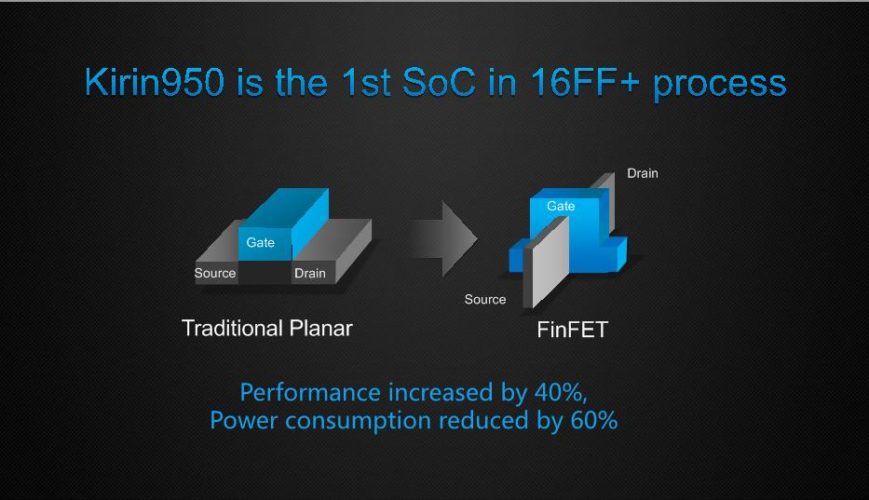
Unlike many phone manufacturers that source their processors, or rather, their System-on-Chip or SoCs in the trade’s parlance from other vendors, notably MediaTek and Qualcomm, Huawei’s own Kirin 955 SoC is a completely in-house job by HiSilicon, Huawei’s own in-house R&D outfit. HiSilicon has facilities the world over and over 7000 boffins constantly working on improving and creating the next generation of Kirin SoCs. To create a chip in-house is a massive, staggering effort and to date, only one other phone vendor has the resources to create their own SoCs and no, it isn’t Apple. To put things into perspective, HiSilicon garnered a whopping US$3.83 billion in revenue in 2015 alone.
During the workshop Mr. Eric Zhou, Huawei Technologies Co Ltd’s Planning Director, Wireless Terminal Chipset Platform, walked a gathered crowd through what made the Kirin 955 SoC so special. According to Eric, the Kirin 955 that is the heart of the P9 and P9 Plus is the sixth generation SoC in the Kirin lineage of processors. On paper, Kirin 955 sports a quartet of 2.3GHz ARM Cortex A72 processors to handle the heavy lifting and a quartet of 1.8GHz Cortex A53 processors to handle the grunt work along with a Mali T880MP4 GPU processor.In the case of the Kirin 95X series, Eric is particularly proud as it is the first of a new generation of processors with a different design that is able to increase performance by at least 40% compared to its immediate predecessor, the Kirin 930. This is due in part to the fact that it’s the first SoC to use Huawei’s FinFET Plus 16nm technology. For the uninitiated, FinFET is short for Fin Field Effect Transistor. Traditional processors are built flat on a chip like a bunch of single-floor flats. A FinFET transistor instead has a super thin vertical structure hewn of silicon in between these ‘flats’ that resembles a fin that helps minimise energy loss and drain when transferring a charge for enhanced efficiency. Minus the esoteric tech gobbledygook, this new approach to chip design offers significantly more efficiency and performance while minimising drain on the battery. Long story short, this approach means better battery life and performance for phones using the Kirin 950 compared to its predecessors.
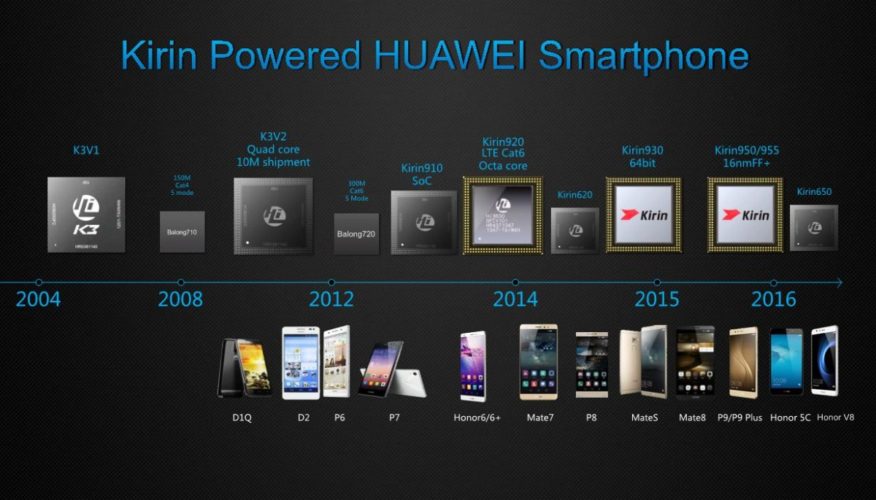
The Kirin 955’s Cortex-A72 cores give it an 11% performance improvement over the older Cortex-A57 cores while also offering an additional 30% improvement in energy efficiency. According to Huawei, the Kirin 950 processor is also exceptionally energy efficient, able to reduce power consumption by 60%, no thanks to its FinFET architecture. Of particular note is that the Kirin 955 chips are VoLTE compliant, which means it will be able to take advantage of YES 4G LTE’s blazing fast VoLTE network that was launched recently. The Kirin 950 also incorporates an i5 coprocessor that is four times better than its predecessor that used an i3 and which also cuts down power drain on the chip from 90mA to 6.5mA, essentially increasing battery life by leaps and bounds.

During the talk, Eric also elaborated on how the Kirin 955 chip was instrumental in offering the imaging capabilities that the P9 and P9 Plus were becoming increasingly famous for. This is on account of the inclusion of a new PrimISP and IVP32 DSP tech built into the chip which offers superior image focusing, colour accuracy and brightness when capturing images, more so on account of the dual camera sensor setup on both phones.
The Kirin 955 chips also have a host of firmware improvements that allow for better low light shooting, noise reduction and HDR mode when taking images. The only quibble with the P9 and P9 Plus on the imaging front is the omission of 4K video recording capability. According to Eric, this was on account of an heating issues when recording more than a few minutes of 4K video, a problem that has yet to be resolved even on phones from other competing vendors. Future generations of Kirin chips aim to resolve this conundrum.
- A mono shot taken with the Huawei P9
- A test image taken under daylight conditions with the Huawei P9
To date, the P9 and P9 Plus, both of which sport a similar dual camera setup are in the running to be one of the best cameras ever incorporated into a smartphone and then some. Check out our review of the P9 to find out just how it fares here.
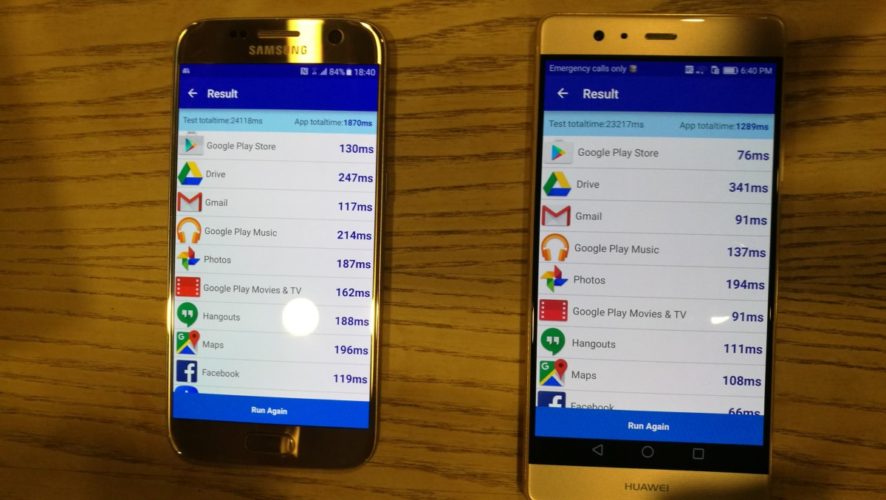
During the presentation, Huawei demonstrated the speed of their Kirin 950 processor on the P9 compared to a local Galaxy S7 mounting an Exynos 8890 processor in terms of opening apps with a custom APK that records app opening times.

